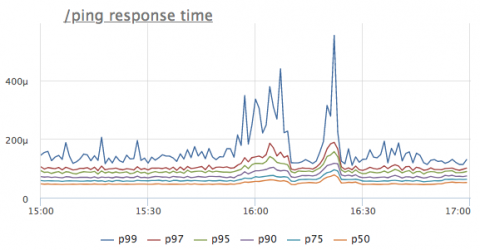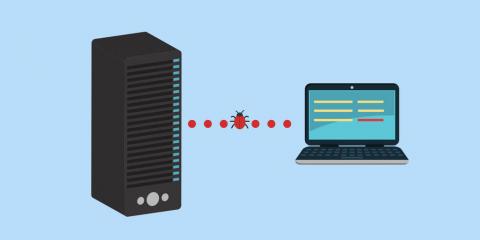Monitor MariaDB running in Amazon RDS with Foglight for Databases
I had a customer who was curious if Foglight could be used to monitor MariaDB running in Amazon RDS. This customer was already monitoring SQL Server and MongoDB with Foglight, and was eager to see if it could extend to this new MariaDB based application. While MariaDB "should" be functionally equivalent to MySQL, and given that Foglight has a cartridge for MySQL, I figured it would work, but wanted to step through it myself to make sure there were no gotcha's.











